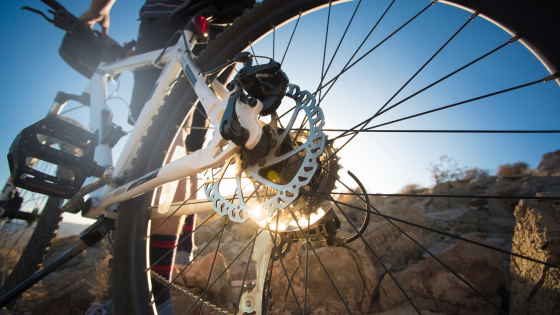Embarking on the exhilarating journey of triathlon requires not only dedication and training but also the right equipment. Among the essential gears, selecting the right triathlon bike is paramount. With a plethora of options available, finding the perfect fit can be overwhelming. In this comprehensive guide, explore key factors to consider when choosing a triathlon bike, ensuring you make an informed decision that aligns with your goals and preferences.
Understanding Your Goals:
Before delving into the technicalities of triathlon bikes, it’s crucial to define your goals. Different triathlons demand varied bike specifications. Sprint and Olympic-distance races may favor a more versatile and comfortable bike, while long-distance events such as Ironman races often call for aerodynamic designs and optimal power transfer.
Frame Material:
Triathlon bike frames are commonly made from aluminum, carbon fiber, or titanium. Aluminum offers affordability and durability but can be heavier. Carbon fiber frames provide a lightweight and aerodynamic advantage, ideal for those seeking peak performance. Titanium strikes a balance between strength and weight, often appealing to riders prioritizing comfort over pure speed.
Geometry Matters:
Triathlon bike geometry plays a pivotal role in comfort and efficiency. The frame’s angles and dimensions influence your riding position, affecting aerodynamics and muscle engagement. Opt for a geometry that complements your body mechanics, allowing you to maintain an aerodynamic position without sacrificing comfort during the cycling leg of the race.
Aerodynamics and Speed:
Aerodynamics is paramount in triathlon racing, where seconds can make a significant difference. Look for bikes with features like aero bars, deep-section wheels, and aero frames to reduce drag and enhance your speed. Keep in mind that an excessively aggressive aerodynamic position may compromise comfort on longer rides, so find a balance that suits your race distance and personal comfort level.
Fit and Comfort:
Triathlons often involve extended periods in the saddle, making comfort a crucial consideration. Ensure that the bike’s fit accommodates your body size and shape, reducing the risk of discomfort or injury. A proper bike fit can enhance power transfer and efficiency, ultimately impacting your overall performance.
Gearing and Components:
Selecting the right gearing is essential for conquering varied terrains encountered during a triathlon. Opt for a gear ratio that balances speed on flats with the ability to tackle hills efficiently. Additionally, high-quality components contribute to smoother gear changes and overall bike performance.
Choosing the right triathlon bike is a nuanced process that involves considering your goals, the bike’s frame material, geometry, aerodynamics, fit, and components. By understanding these key factors and finding a harmonious balance, you can ensure that your triathlon bike is not just a piece of equipment but a tailored extension of your racing ambitions. Invest time in research, test rides, and professional bike fittings to make a well-informed decision that propels you toward success in your triathlon journey.
